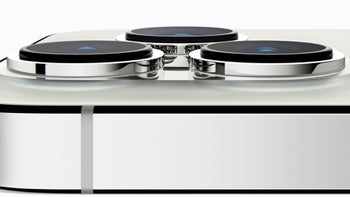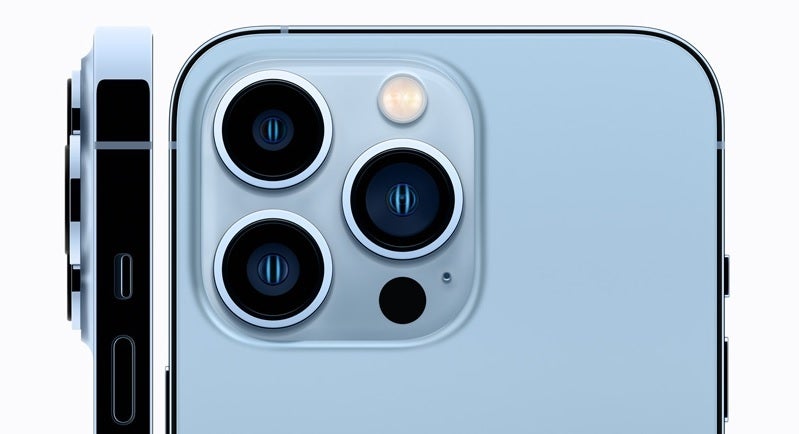Apple's iPhone camera team plans features three years in advance

Earlier this month an Apple executive revealed that the company starts figuring out which features are going into the iPhone three years in advance. Graham Townsend, Apple’s VP of camera hardware engineering told GQ magazine, "The planning has to start about three years ahead, because that’s when we actually fix the specification of the silicon."
Apple shows what professionals can do with the cameras on the iPhone while making it easy for the average Joe to use them
The executive continues by saying, "So, for instance, the sensor gets defined at that point and the A15 Bionic processor is also frozen. That’s when we have to begin to talk with Jon (McCormack, VP of camera software engineering) and predict the experiences that we want. Obviously when we designed the new ultra-wide lens, we were going to deliver macro photos."

The rear camera module on the iPhone 13 Pro
Townsend is the guy at Apple in charge of buying custom parts for the iPhone's camera lenses and also determines how big the camera bump will be. McCormack's job entails more behind-the-scenes type of activities. He also spoke with GQ and as a possible explanation for the intense battle that goes on between smartphone manufacturers when it comes to their cameras, he said, "Our desire for recording the world around us goes back to the cave paintings in France from prehistory."
Apple's goal when it comes to photography on the iPhone is for the photographer to grab his iPhone and take the picture without worrying about the exterior light conditions, or whether he needs to go into settings to toggle something on or toggle something off. That comes from McCormack. That is basically the same thought voiced by Apple's VP of worldwide iPhone product marketing, Kaiann Drance.
Drance notes, "There’s always this obsession with 'How do we make this really easy to use if you’re not a trained photographer, but you just love taking photos?'" In the same vein, while Apple is known for giving its latest iPhone to professional filmmakers, the company is trying to make the average consumer look like an Oscar-winning director.
McCormack says, "It’s a fantastic opportunity, but I think the even more important thing is getting to see what a 15-year-old girl on a high street does with the exact same technology. For me, the Holy Grail is packaging that thing that Kathryn (Bigelow, Oscar winning director) gets really excited about in a way that’s simple enough for just anybody to use to tell their own unique stories."
One example of this is the new Cinematic Mode introduced with the iPhone 13 line. Switching the focus between a person in the foreground and one in the background, this professional technique is known as "rack focus" can be achieved in real-time (thanks to A15 chipset), it also can be used in post-processing.
Apple's photography team has plenty of pressure on it to improve the cameras every year
Speaking about the development of Cinematic Mode, McCormack says, "It was a long process with lots of windy roads, but like most profound things it takes a while. We’re not just looking at the depth of every single frame, but there’s also this thing called temporal stability: as we move between frames with people moving, how do we make sure you don’t end up with weird edges and stuff like that?"
There is plenty of pressure on Apple's photography team to improve the camera system every year while also adding new photography features. Consider that the iPhone 13 line doesn't have any major new design changes (outside of the narrower notch and the diagonally placed lenses on the back of the non-Pro models) and that means improvements to the cameras and the larger capacity batteries are in effect selling the new handsets.


To motivate his team, Townsend states that "The way I explain it to the team to keep them motivated every year is that we have a remarkable responsibility. There are many other reasons that people have iPhones in their pockets, but we have a privilege to help capture precious moments that people aren’t even expecting to happen.
He adds, "We’re not asking for the impossible, but we are asking that the camera achieves the best it can every year. Over the past ten years we've seen a dramatic improvement, but there is no rest."













Things that are NOT allowed: